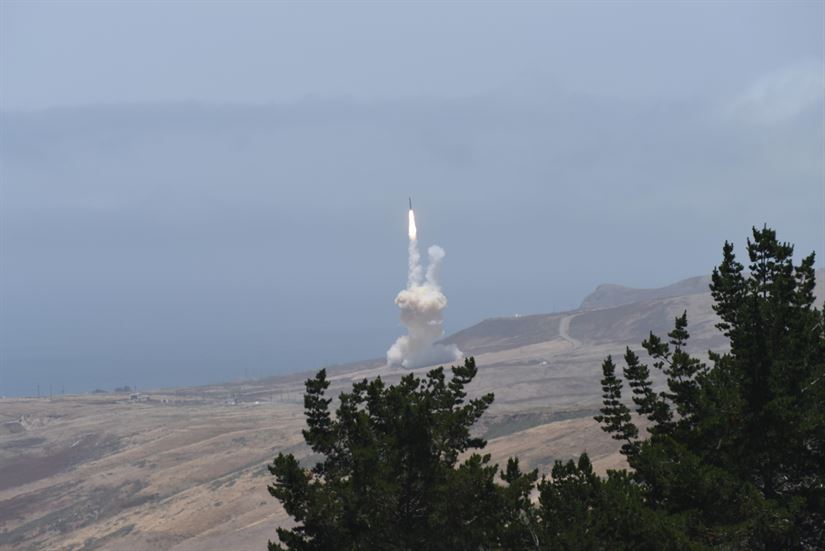This post is also available in:
 עברית (Hebrew)
עברית (Hebrew)
Boeing and the Ground-based Midcourse Defense (GMD) team recently bolstered America’s defense against long-range ballistic missiles, ahead of schedule, with the installation of the 44th interceptor. According to Boeing, placing the interceptor in its silo meets a US Department of Defense requirement of increasing the inventory to 44 by the end of this year.
The interceptor includes features demonstrated in the successful intercontinental ballistic missile intercept test conducted in earlier this year.
“The ballistic missile threat that our partners are defending this country from requires always-ready capabilities,” said Norm Tew, Boeing vice president and GMD program director. “As the system architect for nearly two decades, Boeing continues to deliver through our expertise in developing, testing and fielding progressively advanced solutions for this vital mission.”
The interceptor is designed to launch and destroy ballistic missile threats after receiving detection and tracking information from land-, sea- and space-based sensors. The system includes command-and-control facilities, communications terminals and a fiber-optic communications network that interfaces with ballistic missile defense radars and other sensors.
The Trump administration is now seeking 20 more interceptors despite the system’s dubious success record. The US President talked highly of the the effectiveness of the system last month, when he claimed that it could “knock out a missile in the air 97 percent of the time.” The claim seems to be exaggerated, as test records since its inception in 1999 have suggested a success rate of some 56 percent, despite tests being carried out in good weather conditions.
In addition, the Trump administration has asked Congress to allocate an additional $4 billion for anti-missile defense programs, including the deployment of 20 extra interceptors.


























